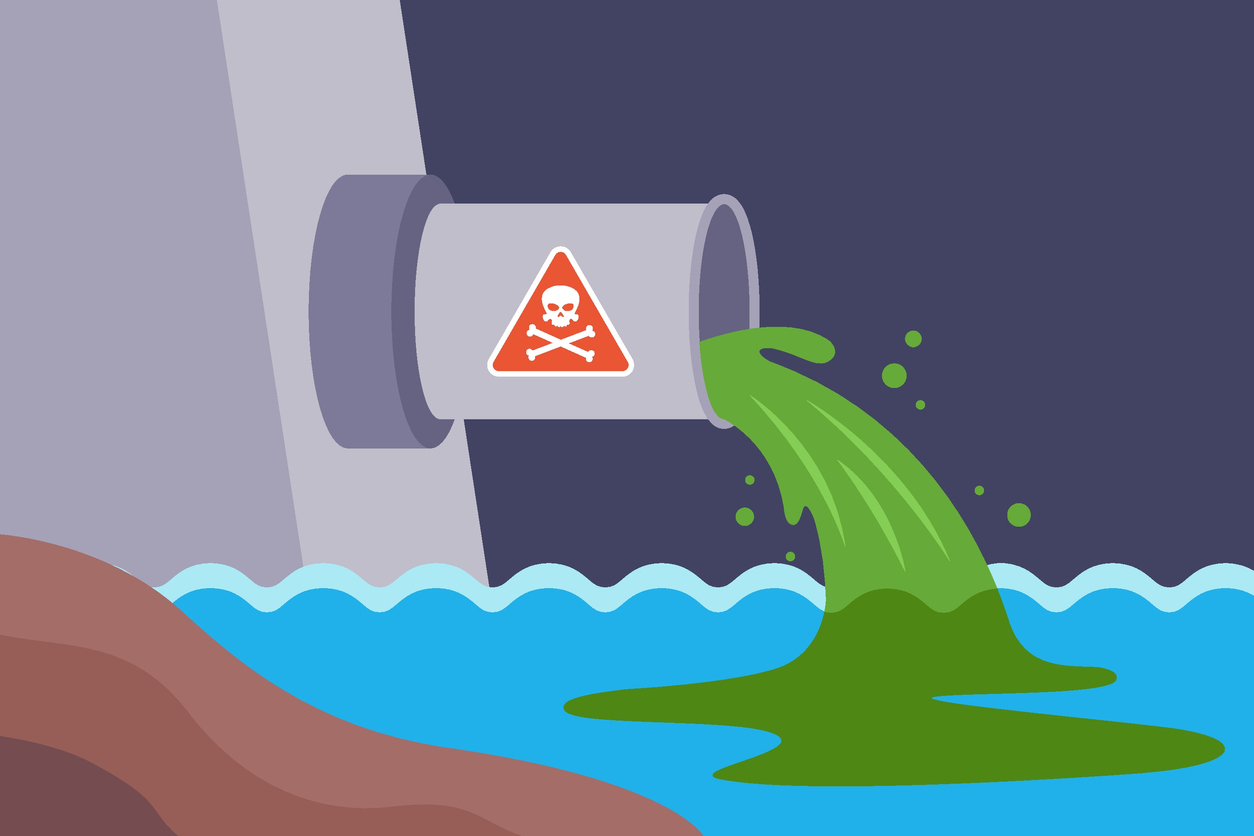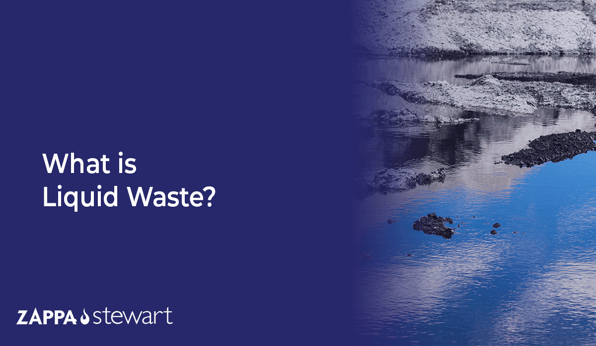Leading Industrial Wastewater Treatment Solutions: Making Sure Compliance and Effectiveness
Leading Industrial Wastewater Treatment Solutions: Making Sure Compliance and Effectiveness
Blog Article
Just How Liquid Garbage Disposal Works: A Detailed Introduction of Techniques and Technologies Employed

Summary of Fluid Waste Kind
The complexity of liquid waste types demands an extensive understanding of their features and effects for disposal. Fluid waste can broadly be classified into a number of types, including commercial, local, agricultural, and harmful waste. Each category exhibits distinctive residential or commercial properties, needing certain monitoring strategies to mitigate ecological and health risks.
Industrial fluid waste stems from making processes and commonly contains a variety of contaminants, such as hefty steels, solvents, and organic compounds. Local liquid waste, mostly making up wastewater from houses and business establishments, contains raw material, nutrients, and microorganisms (industrial wastewater treatment). Agricultural fluid waste, including overflow from farms, may contain fertilizers, pesticides, and animal waste, positioning dangers to water quality and ecological communities
Dangerous fluid waste is characterized by its poisoning, sensitivity, or potential to trigger damage. Recognizing these varied fluid waste types is crucial for developing effective disposal methods and guaranteeing conformity with ecological policies.
Physical Therapy Approaches

Screening is the initial action, where larger particles and debris are removed from the fluid waste utilizing displays or grates. In sedimentation storage tanks, larger fragments clear up at the bottom, forming a sludge layer, while the clarified liquid can be more treated.
Filtering is one more important approach that involves passing the liquid through porous products, such as sand or membranes, to capture smaller sized particles. This step improves the top quality of the liquid, making it appropriate for succeeding treatment processes.

Chemical Treatment Techniques
Chemical treatment strategies are necessary for efficiently managing fluid waste, especially in resolving dissolved and colloidal impurities that physical approaches may not appropriately eliminate. These methods make use of different chemical representatives to counteract, speed up, or change unsafe compounds right into much less harmful types.
One typical technique is coagulation and flocculation, where chemicals such as alum or ferric chloride are included to advertise the gathering of suspended bits. This procedure improves sedimentation, enabling for easier elimination of the resulting sludge. Additionally, oxidation processes, employing agents like chlorine or ozone, are employed to break down complex natural compounds and virus, making the waste safer for discharge or further therapy.
Neutralization is one more critical technique, which readjusts the pH of acidic or alkaline waste find more info streams to neutral levels, preventing potential damage to downstream systems and the environment. In addition, progressed oxidation procedures (AOPs) make use of mixes of oxidants and ultraviolet light to degrade persistent contaminants, achieving a greater degree of therapy efficiency.
Biological Therapy Procedures
Biological therapy procedures play a critical role in the management of fluid waste by utilizing microorganisms to break down organic issue and lower pollutant degrees. These procedures can be extensively classified into cardiovascular and anaerobic treatments, each using particular microbial communities to achieve effective waste degradation.
Aerobic treatment involves using oxygen to promote the break down of organic products by germs. This process is generally applied in triggered sludge systems, where aeration containers offer a conducive atmosphere for microbial development, bring about the oxidation of organic pollutants. The resultant biomass can be divided from treated effluent through sedimentation.
In contrast, anaerobic treatment occurs in the lack of oxygen, relying on various bacteria to damage down natural matter. This method is especially useful for high-strength waste, as it creates biogas, a renewable resource resource, while decreasing sludge production. Technologies such as anaerobic digesters are often utilized in community and industrial applications.
Both aerobic and anaerobic biological treatments not only minimize the ecological impact of liquid waste however also promote resource recuperation, making them essential parts of sustainable waste administration techniques. Their efficiency, adaptability, and efficiency support their widespread implementation across different fields.
Emerging Technologies in Disposal
Ingenious techniques to fluid garbage disposal are swiftly advancing, driven by improvements in modern technology and a boosting emphasis on sustainability. Amongst these arising technologies, membrane layer bioreactors (MBRs) have gained grip for their capability to combine biological therapy with membrane filtration, leading to premium effluent that can be recycled in different applications. MBRs make it possible for smaller footprints and extra reliable procedures compared to conventional systems.
One more promising development is the use of anaerobic digestion integrated with nutrient healing technologies, which not only treats fluid waste yet additionally creates biogas and recoups important nutrients like nitrogen and phosphorus. This twin benefit improves resource effectiveness and reduces environmental effect.
Additionally, advanced oxidation processes (AOPs) are being adopted for the deterioration of complex organic toxins. These techniques make use of effective oxidants and catalysts to break down impurities at the molecular level, providing their website a highly effective solution for tough waste streams.
In addition, the combination of synthetic intelligence and machine understanding in waste administration systems is enhancing functional efficiency and anticipating upkeep, bring about decreased expenses and enhanced ecological compliance. These innovations reflect a considerable change in the direction of even more sustainable and effective fluid waste disposal practices.
Verdict
To conclude, effective liquid waste disposal demands a comprehensive understanding of various methods and innovations. The combination of physical, chemical, and biological treatment see page techniques guarantees the reliable management of varied waste kinds. Moreover, the development of innovative technologies improves therapy effectiveness and promotes sustainability in waste management practices. By constantly advancing these approaches, it becomes feasible to resolve the expanding challenges connected with fluid waste, inevitably adding to ecological protection and resource recovery.
Liquid waste disposal is a crucial facet of environmental monitoring, requiring an extensive understanding of different strategies and technologies tailored to different waste types. Liquid waste can broadly be categorized into a number of kinds, consisting of industrial, municipal, agricultural, and unsafe waste. Agricultural fluid waste, consisting of drainage from ranches, might have plant foods, chemicals, and animal waste, posturing dangers to water quality and ecosystems.
Numerous physical therapy approaches play an essential duty in taking care of fluid waste properly - industrial wastewater treatment.In final thought, effective fluid waste disposal demands a detailed understanding of different methods and modern technologies
Report this page